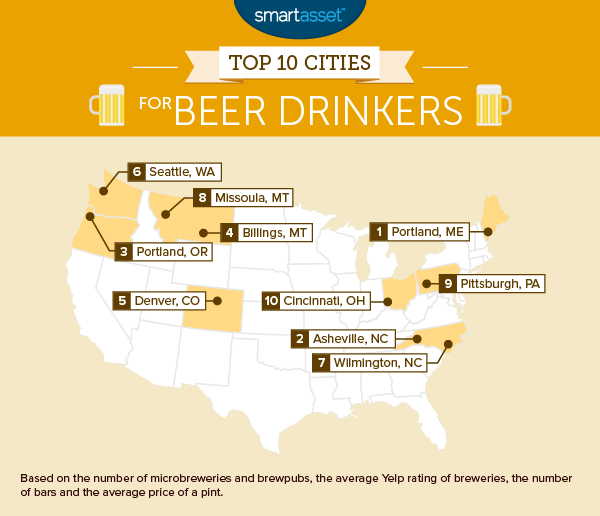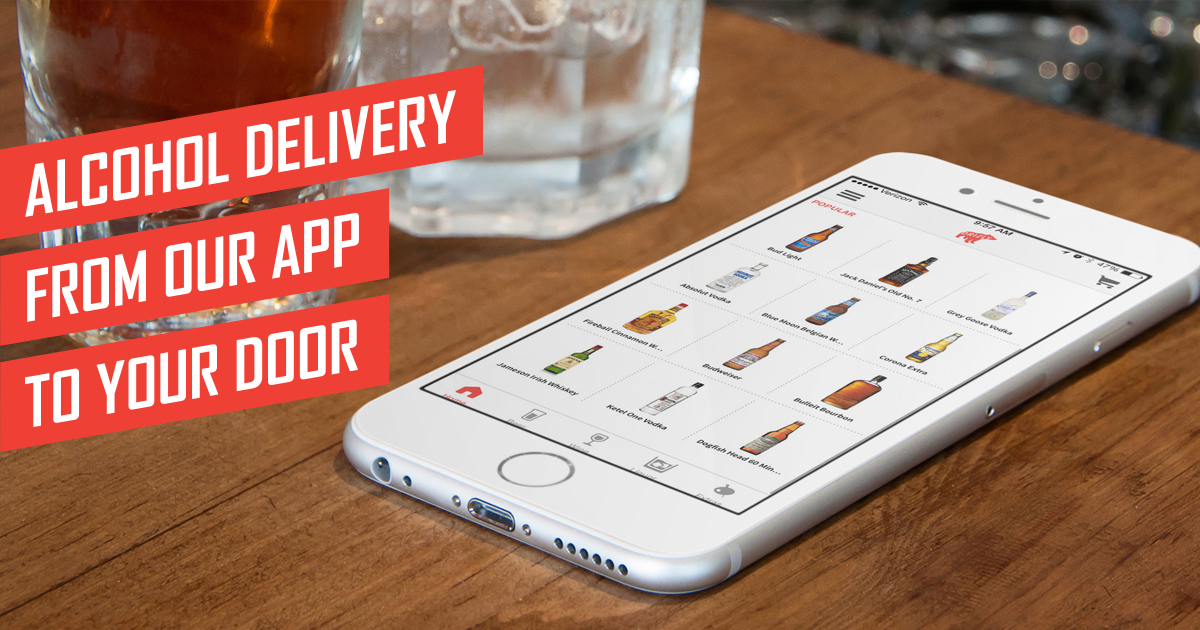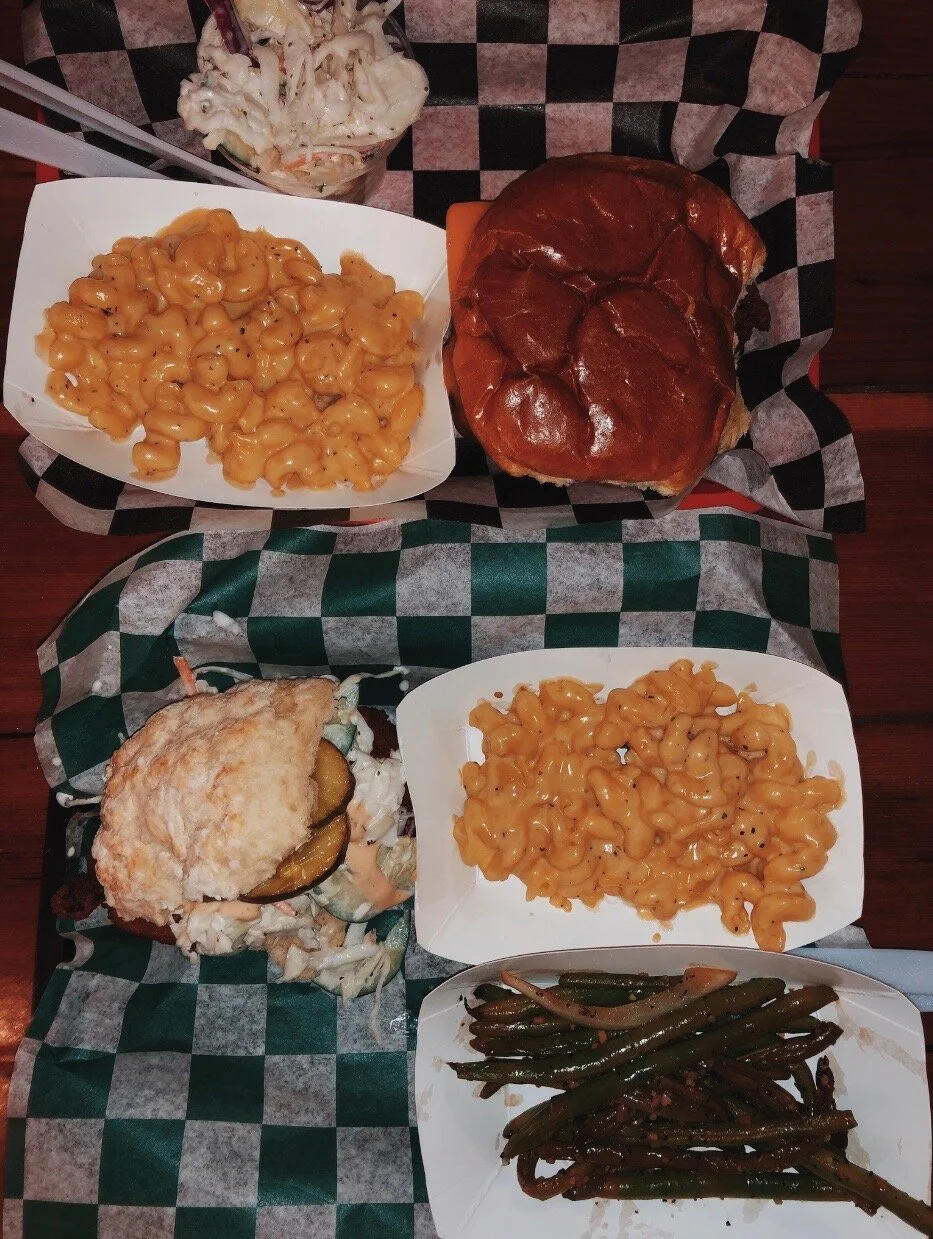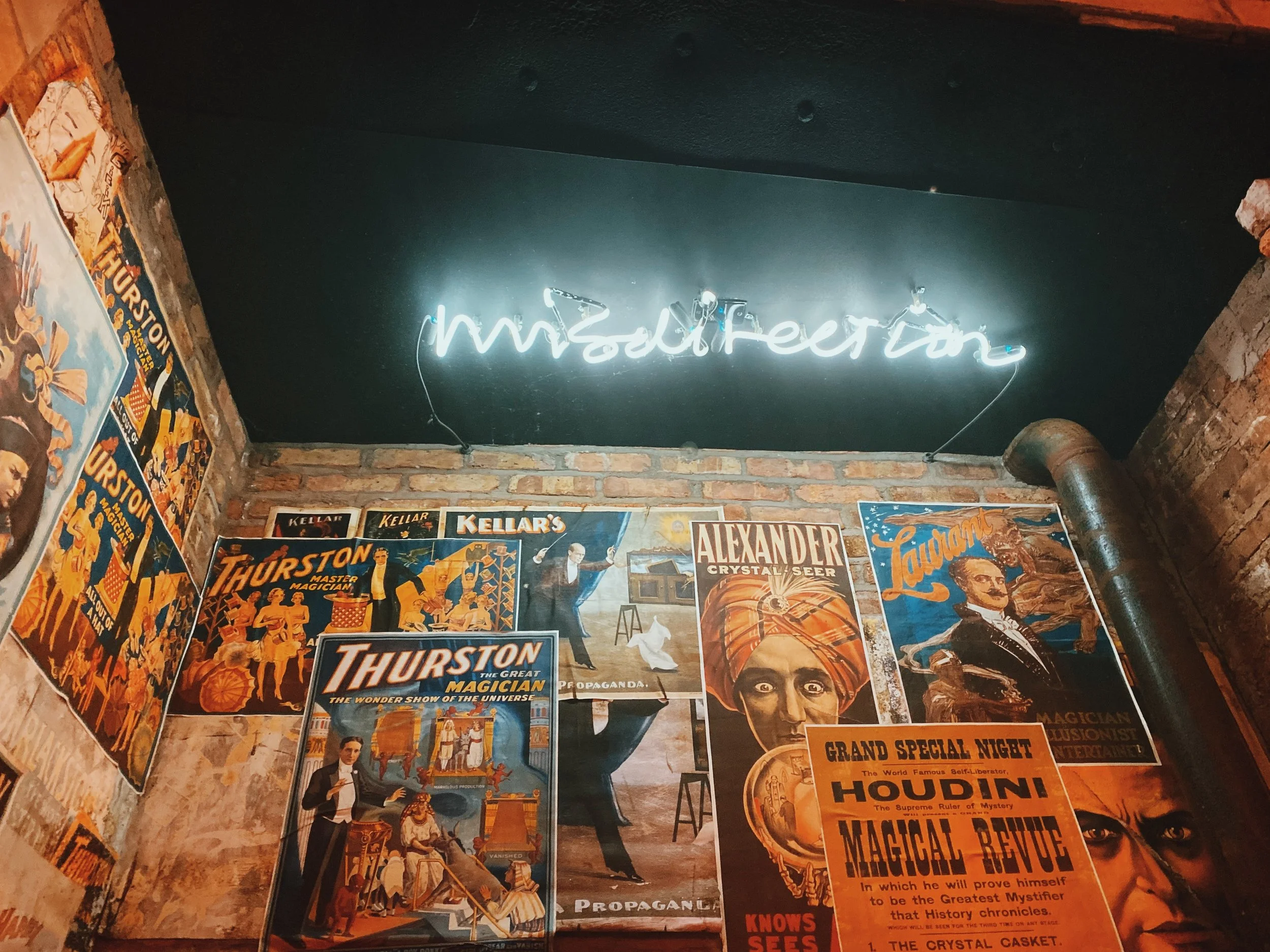Beer Me
Explore great Chicago breweries and the adventures within.
Read More Related to Beer

See the full article from SmartAssests here
There are hundreds of beer styles ranging from traditional lagers to experimental brews. In general, style relates to the origin of the brew and the brewing process, the ingredients used, and the way it is produced. One basic differentiation is whether a beer is an ale or a lager. Ales can be fermented in less than 10 days using a top fermenting yeast, while lagers are kept at cooler temperatures for several weeks using a bottom fermenting yeast. A typical beer formula goes malt + water + yeast + hops = beer, and the resulting flavor is a result of the type of grain used, the yeast strain, the type of hops used, when they're added to the boil and for how long, and whether additional hops are added after the boil (eg 'dry hopping').
Did you know? Pabst Brewing Company (Est. 1844) has over thirty beers under its belt and is the largest American owned brewery.

Photo: Buzzfeed
See a full beer style guide with which glassware to use at craftbeer.com. The Beer Judge Certification Program (BJCP) is the go-to resource for competition oriented style notes (view the full style guidelines here).
Every year the Great American Beer Festival awards U.S. craft breweries with gold, silver, and bronze medals by style.
The Great American Beer Festival is like the Oscars for beer, and takes place in Denver every fall (late September/early October). It's a great place to see what new flavors are popular and identify up and coming breweries in the US. It's a craft beer lover's dream, and members of the American Homebrewer's Association (AHA) get early access to tickets and can participate in special events like a brewer's dinner.
Related: Get a monthly craft beer subscription
There are craft beer subscriptions for both commercially brewed beer and a home brewing beer swap club.
Did you know? You can chill a beer faster by surrounding the bottle or can with ice and salt.

Photo: Minibar
There are several types of beer vessels around, you probably see the pint glass most often at breweries, pubs, and restaurants, and drink from your own glass, the bottle or can at home. Beer geeks sip out of different glasses because the shape of the glass can effect how you experience the aroma of the beer. Foam (or head) of the beer also plays a key role in allowing the connoisseur to experience the aromas and flavors of the beer before sipping it. In addition to aroma, a beer taster is looking for mouthfeel. Mouthfeel is a commonly misunderstood term, but is basically the sensation you get when the beer is in your mouth.
Mouthfeel involves carbonation (sting, bubble size, foam), fullness (density/viscosity), and afterfeel (how your mouth feels after - sticky, oily, etc). If you want to get technical about, use the ASBC Beer Flavor Wheel or this wheel from Beerflavorwheel:

Related: Ditka quotes and beer coozies, a pairing
Many people who love da Bears also love da beer.
Related: Oktoberfest activities to train for
If you thought wearing a pretzel necklace was all you needed to do to prepare, you thought wrong. Get in shape for Oktoberfest or Hans and Frans might put you to shame in the hammerschlagen.









Looking for your new go-to brewery? Well, look no further. Not only is Midwest Cost Brewery a perfect place to work, socialize and spend an afternoon or evening, but they’re also dog and kid friendly so it’s perfect for everyone!